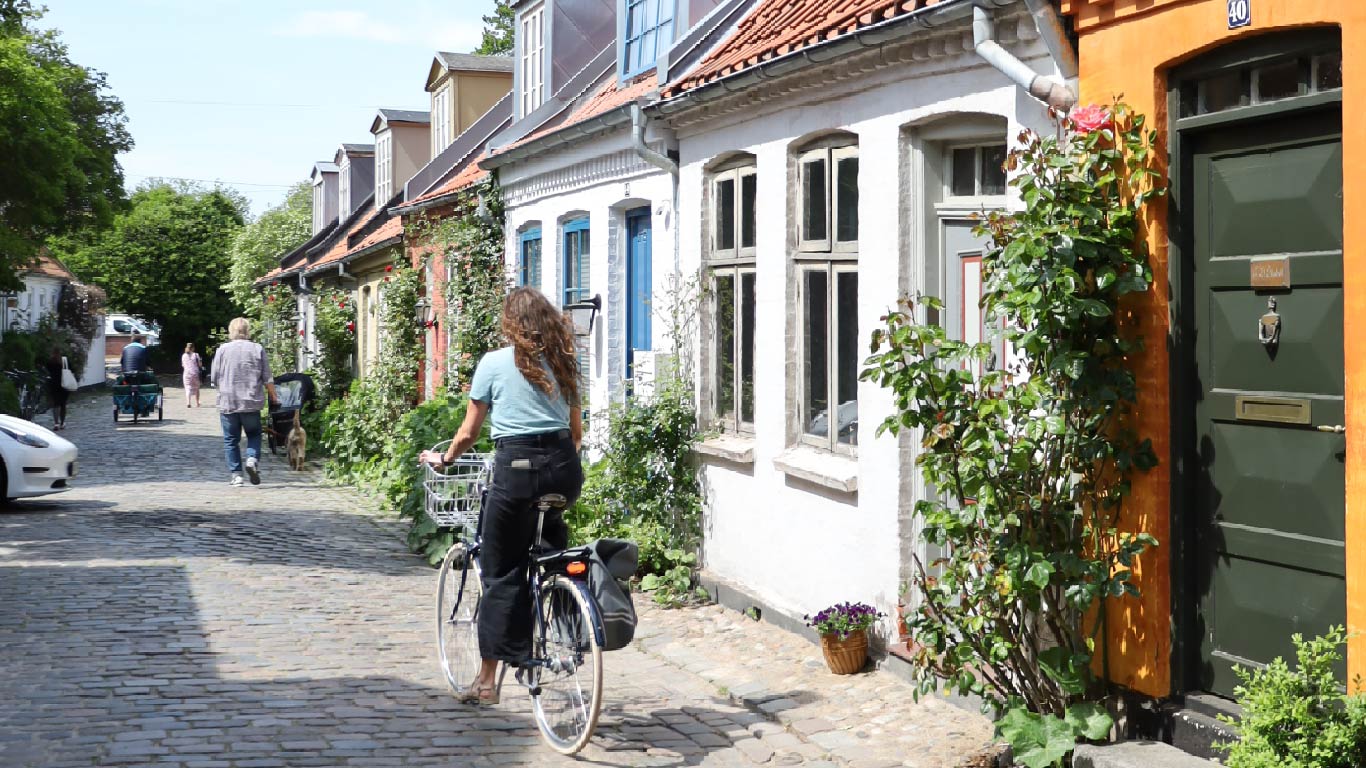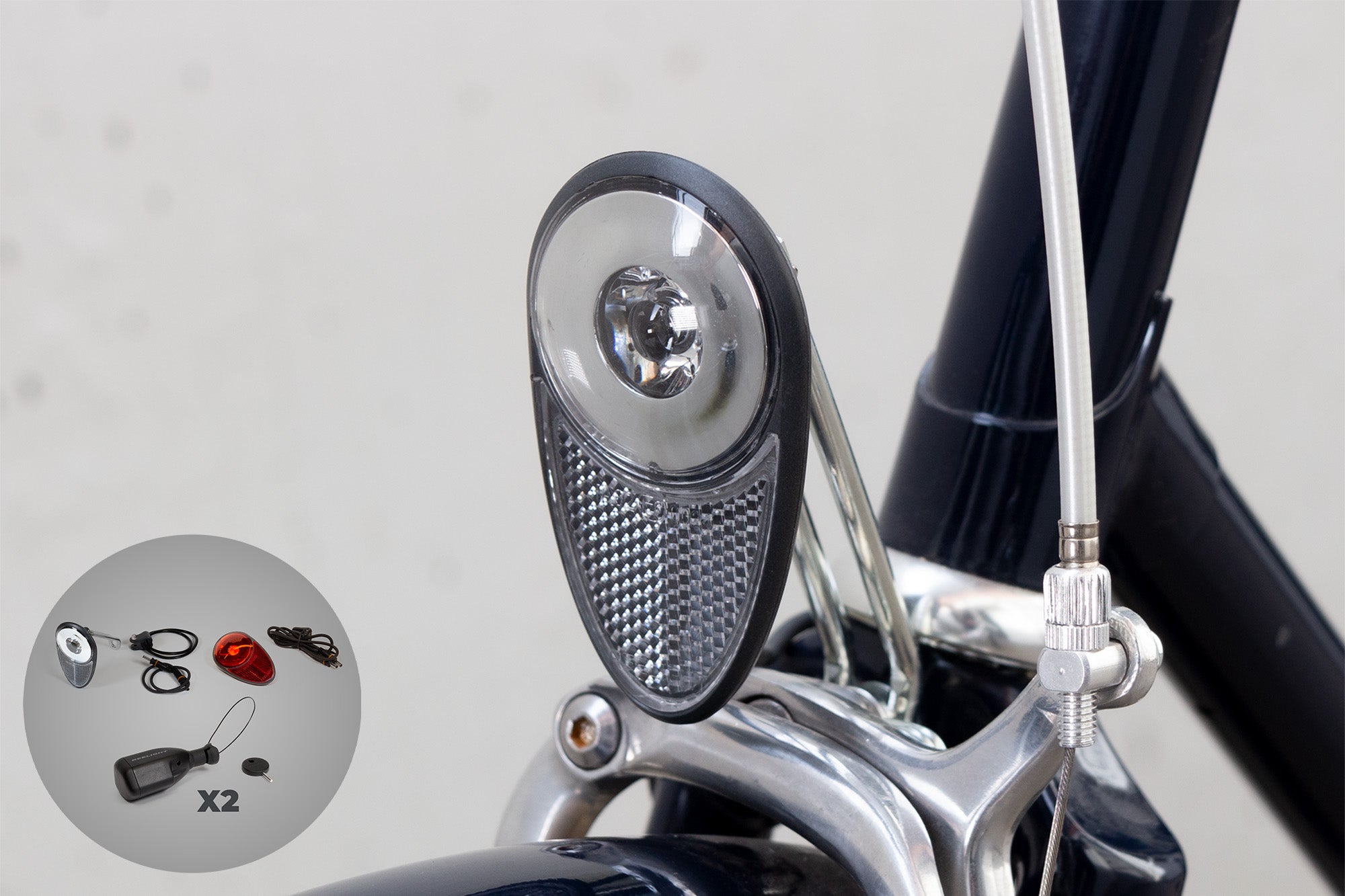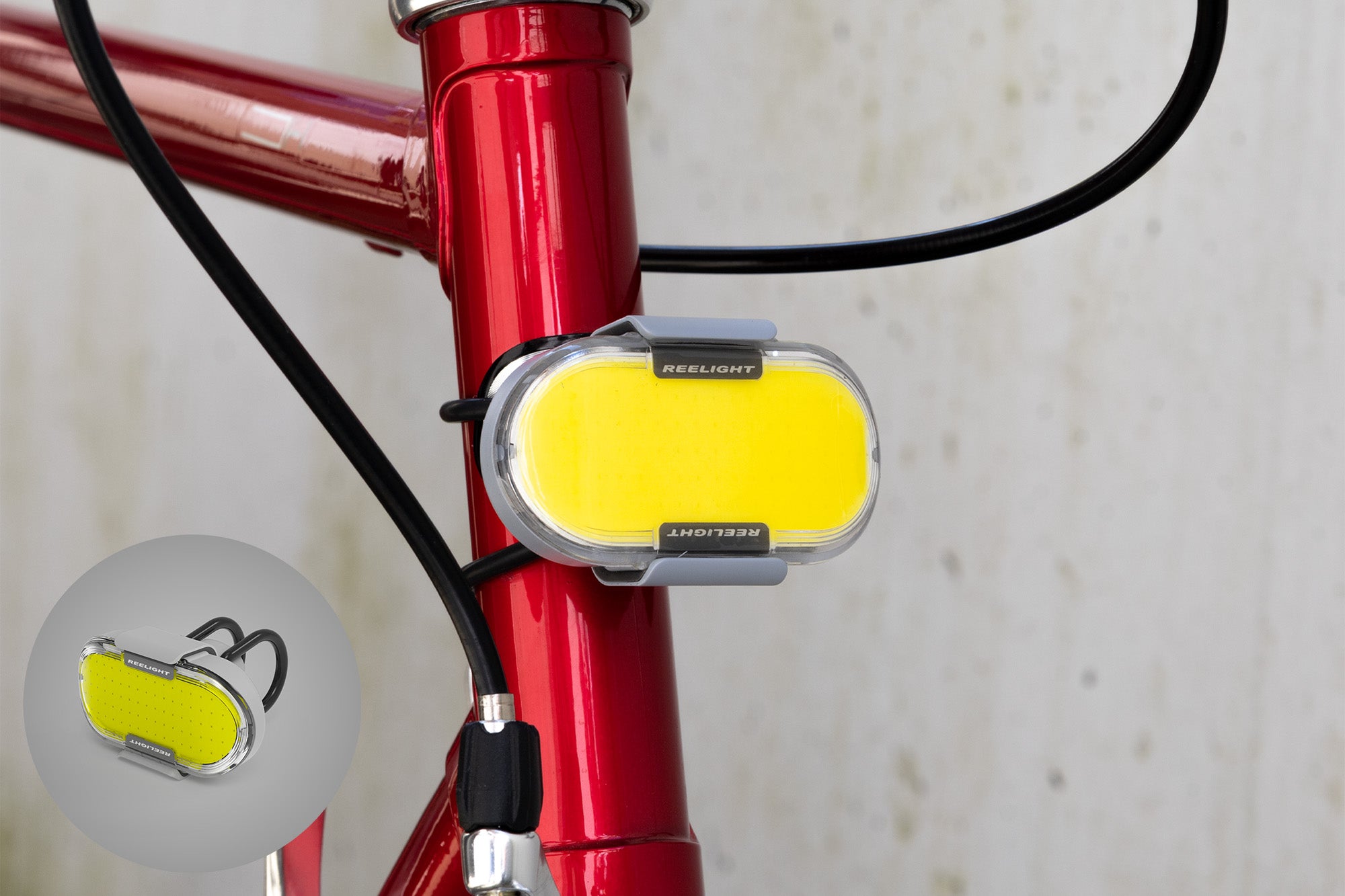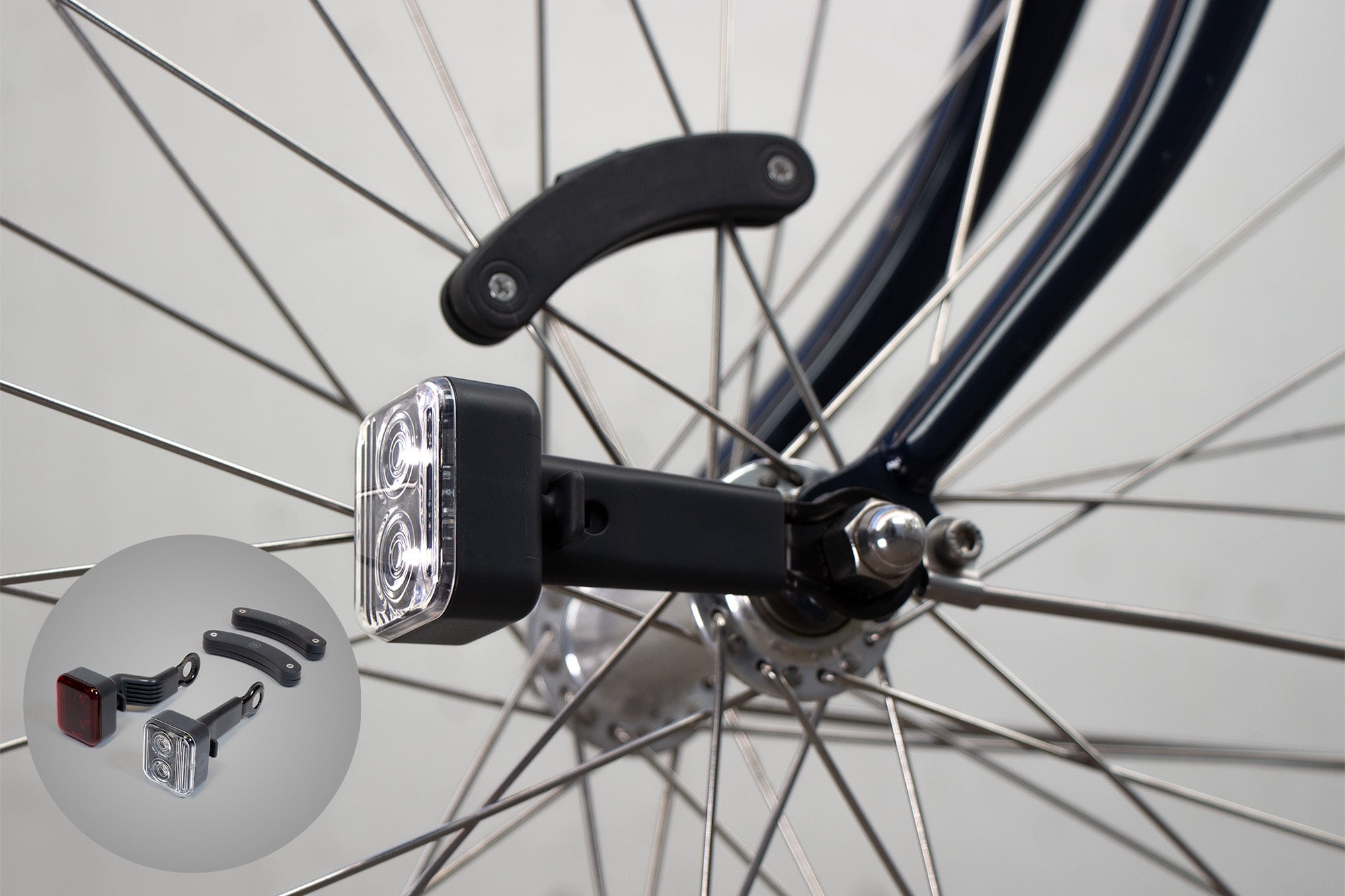
Why is Cycling the Preferred Mode of Transportation in European Cities?
When foreigners visit Europe one thing quickly becomes evident: biking is not just for mountain bikers and exercise – here, everyone does it! Whether its for the daily commute to work, school or social activities, a biking trip from city to city or bringing it with you on vacation. For centuries in cities like Amsterdam, Copenhagen, Berlin, Paris, you name it, have been increasing significant efforts. to increase biking safety, infrastructure, and culture. But why exactly is that so different? How are other continents so far behind when it comes to incorporating biking into daily transportation life, and why did some of these prominent European cities get so far ahead? When did they start and why? Was it because of the culture? Or money issues? Let’s try to answer some of these questions as we dive into the question of why cycling is becoming the preferred mode of transportation in European cities?

When looking a bit into the European phenomenon of biking it quickly becomes evident that several factors have contributed to making cycling the preferred mode of transportation. These are factors such as cultural heritage, environmental concerns, urban planning initiatives, health benefits, and the overall cycling infrastructure in European cities. Let's dive further into them here.
Cultural Mindset
Cycling has a strong cultural heritage in many European countries. For example, in Denmark the cycling culture is almost as old as the bicycle itself: Since the early 1900s, the bicycle has been a widespread symbol of equality and freedom for the Danes. Although quite a few Danes replaced their bikes with a car in the 1950's, but it changed again in the 1970s thanks to the Mideast oil crisis and the introduction of ‘Car Free Sundays’ in Copenhagen. Since then, climate change, air pollution and knowledge about the importance of exercise have continued the biking culture all over Denmark.
To take another example: in the Netherlands there was also a lot of cars being used up until the 1970s. And just like in Denmark, the oil crisis caused more citizens to turn to the bike, but there was also another thing that pushed the Dutch to turn to the bike rather than the car: A lot of people were killed by a car in the early 1970s. In 1971 nearly 3000 people and 500 of these fatalities were children. This sparked the movement 'Stop de Kindermoord (Stop the Child Murder).' Both of these events together caused the Dutch government to put their car-focused urban plans behind them.
Thanks to the long history of biking in Europe, cycling is often associated not as a way to exercise but rather as a means of transportation. It is the entire mindset around cycling that is so different: biking is seen as a faster way than walking as a way to get somewhere. Sure it is also adding to a healthy and active lifestyle, but the biggest difference is the way the mindset of cycling is ingrained into Europeans: they perceive it as a practical and enjoyable way to commute.
Today cycling is also seen as a social activity, with cycling clubs and group rides contributing to its popularity.

Environmental Concerns
European cities have been at the forefront of promoting sustainability and reducing carbon emissions. Cycling is a low-carbon mode of transportation that produces zero emissions, making it an appealing choice for environmentally conscious individuals and policymakers.
Urban Planning Initiatives
One thing to remember when it comes to biking popularity in Europe is also the fact that European cities were designed before the invention of the car, so they all are arranged around a central point, usually the church or cathedral. This means that European cities will usually have narrower streets, making it difficult for a car to pass through, there are more pedestrian zones only, and more people are living over a short distance which makes walking and cycling ideal. Comparing this to the States for example where everything is more spread out and with great distances between everything, it makes sense why cycling is so much more popular in this part of the world.
Today, European governments have implemented (and continue to do so) various measures to promote cycling, such as financial incentives, subsidies for e-bikes, and awareness campaigns. These initiatives encourage individuals to switch to cycling and help create a supportive environment for cyclists.

Health Benefits
Cycling offers numerous health benefits, such as improved cardiovascular fitness, reduced risk of obesity, and increased mental well-being. European cities are increasingly recognizing the importance of promoting active lifestyles, and cycling is seen as a way to encourage physical activity among residents.

Cycling Infrastructure
Many European cities have invested heavily in cycling infrastructure, including dedicated bike lanes, bike parking facilities, and bike-sharing programs. The bike lanes have a clear presence in most of the cities in Europe - and are well maintained. For example, in Copenhagen, the vast majority of cyclists identify biking as the quickest and most convenient form of transportation available.
You will also see contemporary urban planners working to develop the physical cycling infrastructure all over European countries. For example in Denmark, wide cycle paths and cycle bridges are being built as you are reading this, as a measure to increase safety, and ‘cycle superhighways’ are being expanded in the greater urban areas to increase access and reach. The cycle superhighways connect nearby suburbs to main city centres, making biking from anywhere in the city as easy as ABC. These developments are making cycling safer, more convenient, and more accessible for commuters.













